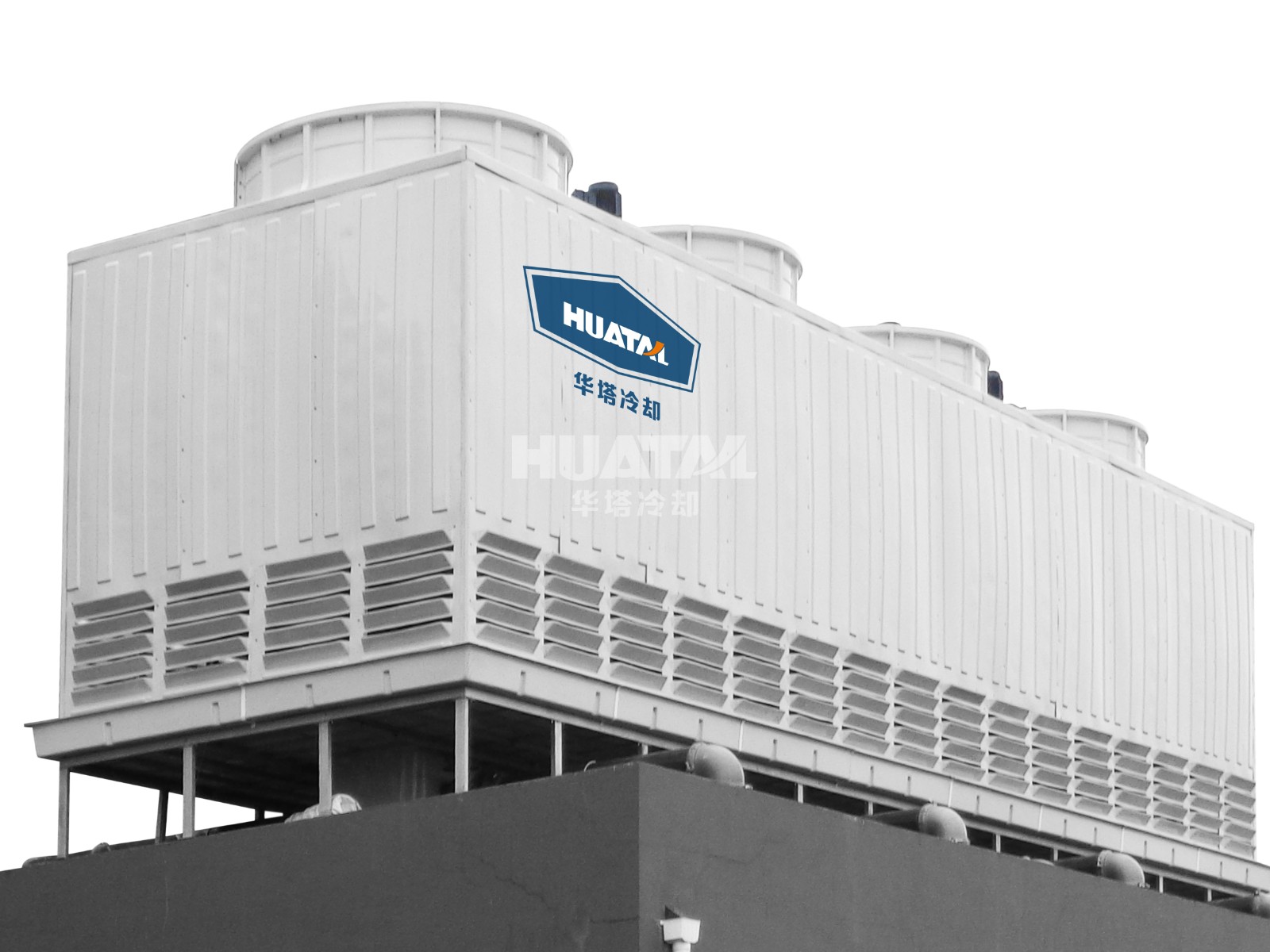Jiangsu Huatal Cooling Technology., Ltd.
Complimentary Samples For You And Technical Consultation At Your Convenience
I. Glass fiber reinforced plastic housing
Glass fiber reinforced plastic (FRP) is a kind of composite material with glass fiber and its products (glass cloth, tape, felt, yarn, etc.) as the reinforcing material and synthetic resin as the matrix material. FRP, also known as glass fiber reinforced plastic, commonly known as: glass fiber reinforced plastic;
1. The corrosion resistance
Fiber reinforced plastics (FRP) is a good corrosion - resistant material. The closed cooling tower with FRP shell has good corrosion resistance to air, water and general concentration of acid, alkali, salt as well as various oils and solvents.
2. The insulation
FRP is also an excellent thermal insulation material, used to make the shell of closed cooling tower, can make the closed cooling tower has good thermal insulation performance.
3. The plasticity
As long as there is a mold, closed cooling tower products of various structures can be flexibly designed to meet the needs of the waist, so that the product can have a good integrity.
The disadvantage is that aging is a common defect of plastic, FRP is no exception. Under the action of ultraviolet light, wind, sand, rain and snow, chemical media, mechanical stress, it is easy to lead to aging of cooling tower shell.

II. Stainless Steel
Stainless steel is the abbreviation of acid-resistant stainless steel, resistance to air, steam, water and other weak corrosion medium or stainless steel known as stainless steel.
1. Heat resistance
Stainless steel material can work safely at -270°C-400°C temperature for a long time, regardless of high and low temperature, will not precipitate harmful substances, material performance is quite stable.
2. Corrosion resistance
The thin and dense chromium-rich oxide film on the surface gives the stainless steel casing excellent corrosion resistance in all kinds of water (including soft water), even in buried use.
The disadvantage is that the production cost is high, the case of the same size is almost five to six times that of other materials, and the workmanship is also many locks, cutting and modeling need to confirm the process and machine equipment.

III. Aluminum zinc alloy plating steel sheet
Aluminum zinc alloy plating steel sheet is an aluminized zinc alloy structure formed by solidification of 55% aluminum, 43% zinc and 2% silicon at 600°C. The overall structure is composed of aluminum, iron, silicon and zinc, forming a dense four-element crystal alloy.
1. Long service life
Aluminized zinc plate has strong corrosion resistance.
2. Heat resistance
The aluminized zinc plate has high thermal reflectivity and is suitable for roofing data. Aluminized zinc alloy steel plate has excellent heat resistance and can be used in high temperature environment above 315 degrees.
3. Corrosion resistance
The aluminized zinc plate has good adhesion with the paint film and can be directly sprayed or powdered without special pretreatment.
The disadvantage is that if the galvanized layer has scratches or damage, it will be so difficult to corrode for a long time from the injured horse. When the work is selected, the process and machine foundation need to be fixed.
IV. Magnesium aluminum zinc alloy plating steel sheet
Magnesium aluminum zinc alloy plating belongs to the pre-plating treatment (and after zinc immersion relative), belongs to hot dip galvanizing (and electric galvanizing relative), the material is divided into magnesium aluminum zinc plate and magnesium aluminum zinc coil,- like magnesium aluminum zinc plate from the steel mill rolled to the hands of dealers, are the original volume, through this way can get magnesium aluminum zinc plate. The exact chemical elements (secret ingredients) are not disclosed. The disclosed chemical composition is 11 percent aluminum, 3 percent magnesium, and a very small amount about 0.5 percent silicon, and the rest zinc.
1. Performance advantages:
Other such as zinc, aluminum zinc, its corrosion resistance and rust resistance can not be compared with magnesium aluminum zinc, compared with galvanized sheet, the same coating, the service life of magnesium aluminum zinc is 10-20 times that of galvanized. This is very normal, the original intention of magnesium aluminum galvanized is to use the thinnest metal coating to achieve a thicker galvanized layer to achieve the effect. It is 3-5 times of aluminized zinc, and the product is positioned as the top material in the coating material.
2. Advantages of Specifications:
The maximum specification of galvanized sheet production is 2.0 (thickness direction) and only imported galvanized sheet, is not unwilling to produce, but can not produce, with such a process, the thickness increases, the difficulty coefficient of material coating is doubled; Aluminum zinc production of the maximum specification is 2.5 (thickness direction), most of the imported aluminum zinc and domestic Xindao, and magnesium aluminum zinc can produce specifications (thickness direction) can be up to 9.0mm, 0.27-9mm is the range within which it can be produced. Of course, the current spot specification in the Chinese market is 0.5-5.0, and the materials outside this range need to be ordered from the steel mill.

Copyright © 2019 Jiangsu Huatal Cooling Technology Co., Ltd. | All Rights Reserved
Hello, please leave your name and email here before chat online so that we won't miss your message and contact you smoothly.